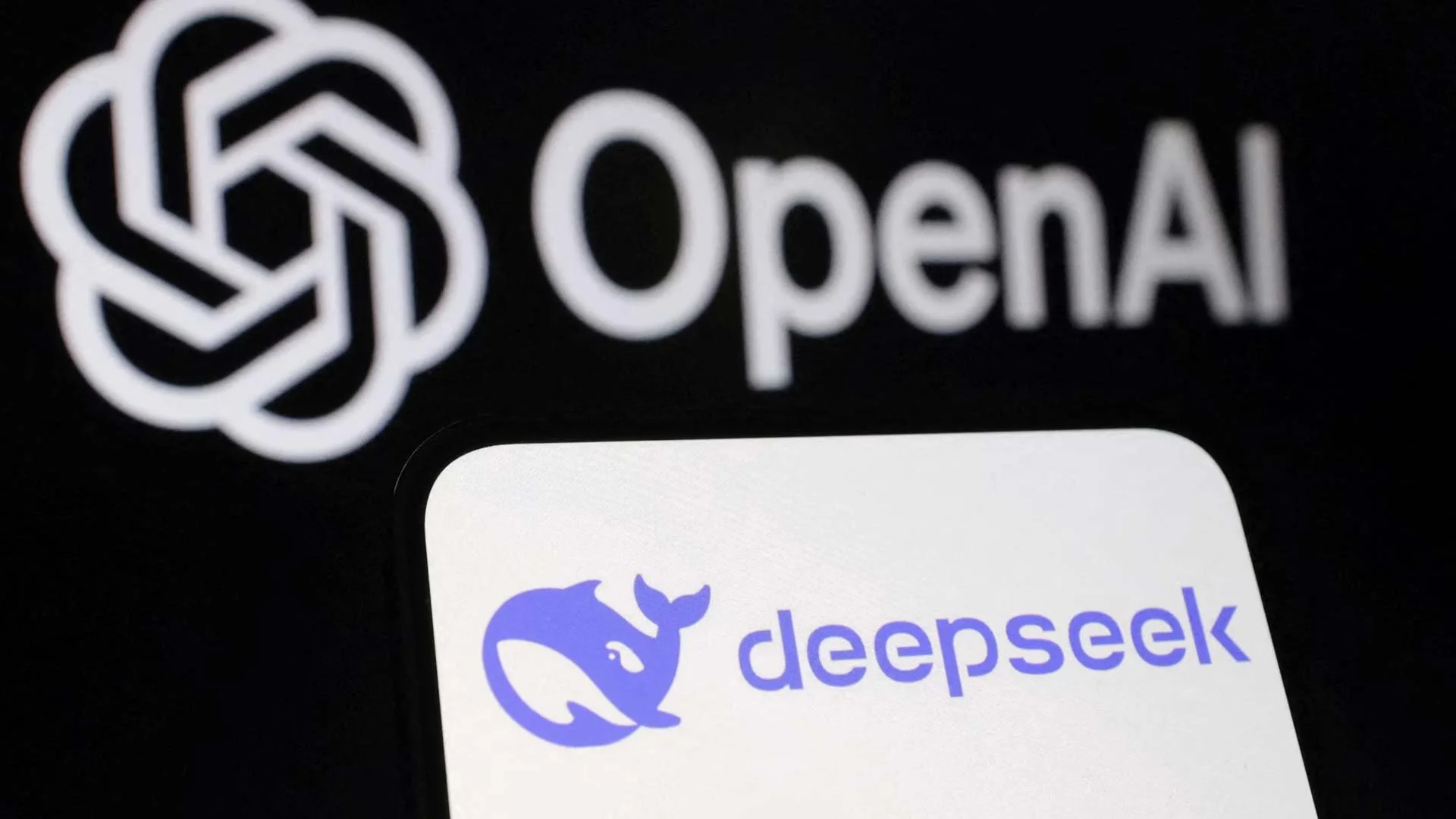Deepseek: New Player on the Block
DeepSeek AI has rapidly emerged as a significant player in the digital landscape, particularly in the realm of large language models (LLMs). Its impact can be attributed to several key factors:
1. Cost-Effectiveness: DeepSeek has demonstrated the ability to train LLMs at a fraction of the cost compared to its competitors. This is achieved through efficient algorithms and optimized training processes, making advanced AI technology more accessible.
2. Open-Source Approach: DeepSeek embraces open-source principles, making its models and training details freely available. This fosters collaboration, accelerates development, and democratizes access to cutting-edge AI.
3. Performance: Despite its lower cost, DeepSeek's models have shown competitive performance against established LLMs like GPT-4 on various benchmarks. This challenges the notion that advanced AI requires exorbitant resources.
4. Rapid Adoption: DeepSeek's chatbot app quickly gained popularity, surpassing ChatGPT in downloads in certain regions.
This indicates a strong user demand for its technology and highlights its potential for widespread adoption.
OpenAI vs Deepseek
Comparison with Competitors
DeepSeek's main competitors include companies like OpenAI, Google, and Anthropic, which have developed their own LLMs with varying strengths and weaknesses.
OpenAI (GPT-4)
Known for its strong natural language understanding and generation capabilities, GPT-4 is a leader in the field. However, it is a closed-source model and comes with a higher cost.
Google (LaMDA, PaLM)
Google has developed powerful LLMs with strengths in reasoning and code generation. However, access to these models may be limited.
Anthropic (Claude)
Anthropic focuses on developing safe and ethical AI systems. Claude is known for its helpfulness and adherence to guidelines, but its performance may not always match the top models in specific tasks.
DeepSeek's Competitive Advantages
Lower cost: DeepSeek's ability to train models at a lower cost gives it a significant advantage, especially for applications where cost is a major concern.
Open-source nature: DeepSeek's open-source approach fosters community involvement and accelerates development, potentially leading to faster improvements and wider adoption.
Focus on research: DeepSeek's emphasis on research and exploration allows it to push the boundaries of AI technology and potentially develop innovative solutions.
Challenges:
Commercialization: DeepSeek's current focus is on research, and its plans for commercialization are not yet fully defined. This may be a challenge in the long run as it needs to generate revenue to sustain its operations.
Competition: The LLM field is highly competitive, with major players investing heavily in research and development. DeepSeek needs to innovate to stay ahead of the curve continuously.
Overall, DeepSeek AI has significantly impacted the digital landscape by demonstrating that advanced AI can be developed and deployed at a lower cost and with an open-source approach. Its competitive performance and rapid adoption highlight its potential to disrupt the LLM market and democratize access to powerful AI technology. However, it needs to address the challenges of commercialization and competition to ensure its long-term success.
